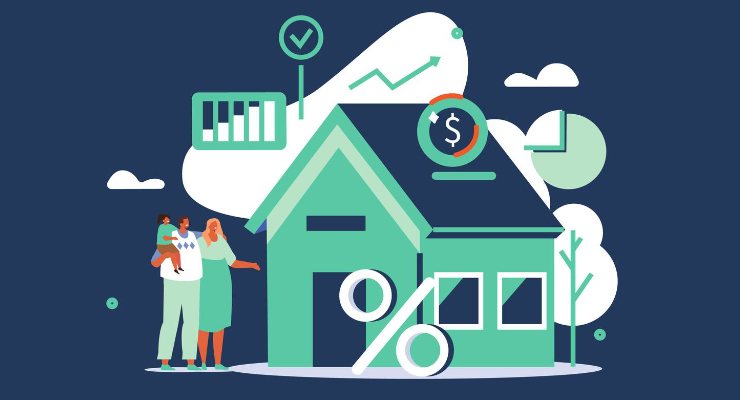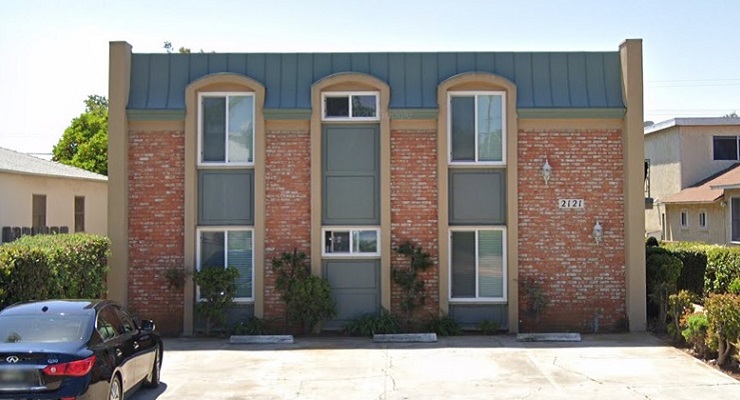
Image courtesy of California Association of Realtors (CAR) via Facebook
In the face of the Federal Reserve’s 25 basis-point increase in the Fed Funds Rate last Wednesday, job growth and new economic growth figures are a testament to the US economy’s resilience in the face of uncertainty, said a recent announcement from the California Association of Realtors (CAR).
Encouragingly, said CAR, growth was broad-based with an uptick in consumer spending aided by an increase in business investment on both new productive capacity as well as new nonresidential construction. Rates remain elevated, however, and bond prices have been falling in the wake of the Fed’s announcement, which will continue to crimp purchasing power for home buyers, said CAR.
“The Fed paused their interest rate hikes in June, but this month they’re back at it, raising interest rates for the eleventh time in the past 12 meetings,” said Greg McBride, CFA, Bankrate chief financial analyst. “Core inflation is stubbornly high and progress has been slow.
“The strength in the labor market and resilience of the overall economy,” McBride continued, “are why the Fed is still raising interest rates. Whether rates go up further this fall depends on what we see from inflation in the coming months.”
At about 3.9 percent, the 10-year Treasury note is now well below its 52-week high of 4.33 percent, which was hit in October 2022, Bankrate recently reported.
The housing market in California has still managed to maintain roughly 280,000 sales for four of the past five months after having fallen to 238,000 units in November of 2022. And despite rising rates and insurance challenges, housing inventory is still the biggest obstacle to higher sales volumes.
At the upper end of their target range of 5.5%, the Fed Funds Rate is now at its highest level in more than 22 years, and is the 11th time the Fed has raised interest rates since last year, said CAR. They also indicated a willingness to raise rates in the future depending on developments in the macro environment related to jobs and economic growth.
Since then, bond rates have been increasing and this has begun to translate into higher mortgage rates as well, said the CAR report.
The U.S. economy expanded at a 2.4% annualized rate during the second quarter of 2023, CAR noted, and consumers got some help from business investment and new construction. The first quarter was revised upward to 2% growth after an initial estimate of just 1.8%, and monthly data showed an upward trend of personal consumption with durable goods rebounding after having dipped in three of the past five months.
With inflation cooling and job- and wage-growth persisting at stronger levels than initially anticipated, CAR pointed out that there is hope that the economy may avoid slipping into an official recession.
Thirty-year mortgage rates were down after the latest report on inflation was released two weeks ago, said CAR, but have since resumed a slightly upward climb.
Freddie Mac rates averaged 6.81% last week and the latest daily data shows that current rates are slightly above 7%. 2- and 10-year bond prices have been falling, noted CAR, and their corresponding rates have been trending upward since the Fed announced its rate hike last week.
Meanwhile, according to the CAR report, with existing housing inventory still depressed, many homebuyers have turned to new construction when they can find it.
New home sales still took a slight step back last month after jumping up to almost 715,000 units in May.
Unfortunately, CAR reported, much of the recent uptick in new residential starts and permits has occurred outside California. Although, according to CAR, rising rates have impacted some buyers by reducing purchasing power, California has maintained the modest gains it made after falling to levels not seen since the 2008 financial crisis late last year.
Currently, said the CAR report, housing inventory continues to drop by double-digits in terms of both new inventory hitting the MLSs as well as total homes available for sale at any given time. This, said CAR, more so than higher interest rates, is the limiting factor preventing a more robust recovery in home sales.







